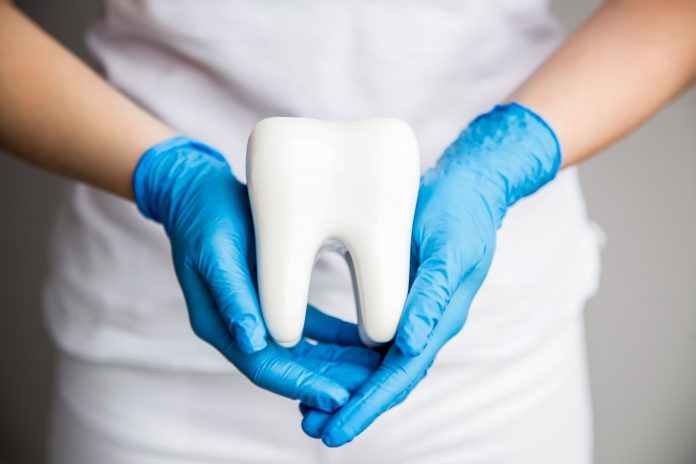According to a survey conducted by the Australian Dental Association (ADA) teeth whitening is on the rise, with more people opting for OTC whitening products compared to those whitening their teeth under dental supervision. 
Ahead of World Oral Health Day (20 March), the ADA expressed concerns over this with dentist and ADA spokesperson Dr Mark Levi saying that the issue with home treatments that are not done under the supervision of a dental professional “is that you’re exposing yourself to a range of injuries, including soft tissue burns from peroxide, extreme pain if the bleach gets into a crack or hole, blotchiness and damaged enamel”.
“That’s why seeing a dentist for teeth whitening is best,” says Dr Levi.
Looking at a sample of 25,000 Australians, the survey reveals 22% of us have whitened our teeth – an 8% increase since it first started recording this data in 2017.
The survey also reveals that teeth whitening is more popular among women, with more than twice as many women as men having had their teeth whitened. Teeth whitening was found to be most popular in the 24-34-year-old age group.
As of 2021, whitening treatments done by dentists is a downward trend with only 1 in 3 adults whitening their teeth under the supervision of a dental professional.
According to the survey, 19% of respondents reported using take-home kits and 14% opted for in-clinic whitening.
The other two-thirds of Australians’ teeth whitened by other means, with all three of these methods on the rise:
- 39% bought a teeth whitening kit online.
- 16% bought an over-the-counter product like strips or gel from a pharmacy or supermarket.
- 9% used whitening services provided by someone other than a dental professional.
“People need to get their oral health assessed first to ensure there are no cracks in teeth, untreated dental decay, leaking fillings or other unresolved dental issues that could cause pain, discomfort, damaged nerve pulp – or even more serious problems down the track,” warns Dr Levi.
“The safest option recommended by the ADA is to see a dentist to assess your mouth first, to see if it is suitable for whitening and for any problems to be fixed. Then you can decide with your dentist on a course of action to ensure you get the best outcome.”










